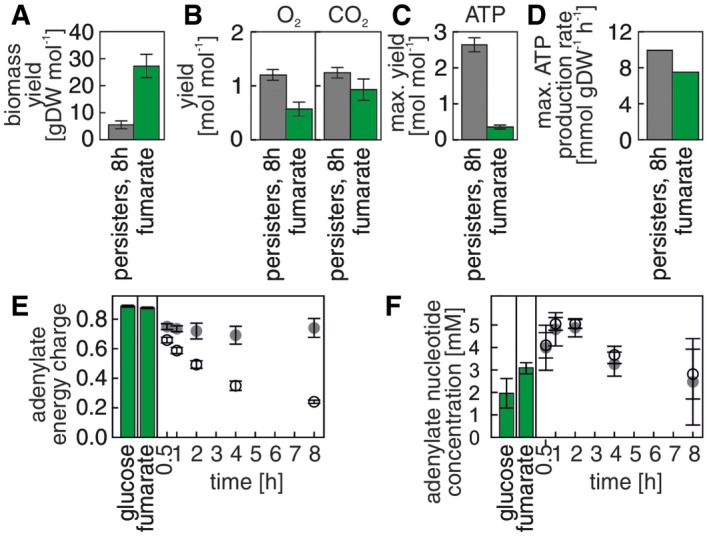Figure 3. Persisters maintain high energy charge levels through respiratory metabolism.

-
A–CPersister cells utilize a higher proportion of the taken up carbon for ATP production through respiration and less on biomass formation than cells growing on fumarate. The yields (relative to the up‐taken fumarate) were calculated as ratios of physiological rates (cf. Materials and Methods) and in case of ATP, on the results of the flux balance analysis maximizing ATP production using the estimated physiological rates as constraints. Data from at least three biological replicates. Error bars indicate one standard error of the mean.
-
DMaximal possible ATP production rates in persister cells and in fumarate‐growing cells, estimated by flux balance analysis maximizing ATP production using the estimated physiological rates as constraints.
-
E, FAdenylate energy charge (E) and sum of adenylate nucleotide concentrations (F). Gray disks: persister cells, open circles: starved cells, green bars: growing cells. Error bars indicate 95% confidence interval of the mean, calculated with a mixed effects model based on multiple biological replicates in multiple measurement campaigns (cf. Table EV2).
Source data are available online for this figure.
